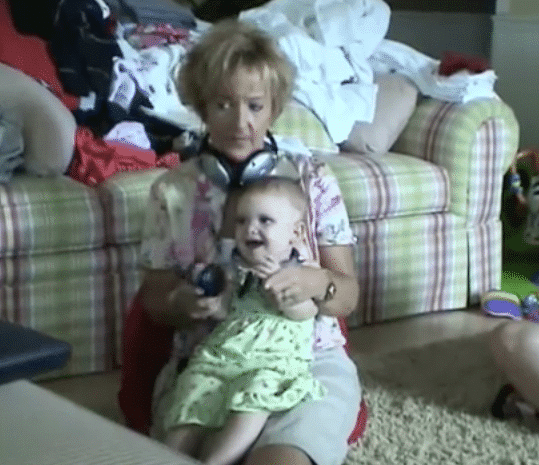Latest Research: How Rhythmic Skills Relate and Develop in School-Age Children
In this first study of its kind, Bonacina et al. provide evidence for how rhythmic skills interconnect and develop in school-age children. Of particular interest is the finding that children who clapped to a beat during the Interactive Metronome (IM) condition, while receiving feedback for millisecond timing, demonstrated the least variability in their synchronization and performed better on all of the other rhythm activities evaluated. Rhythm is complicated, there are several rhythm intelligences, and IM alone impacts all of the vital rhythms that are so important to the development of language and literacy.










